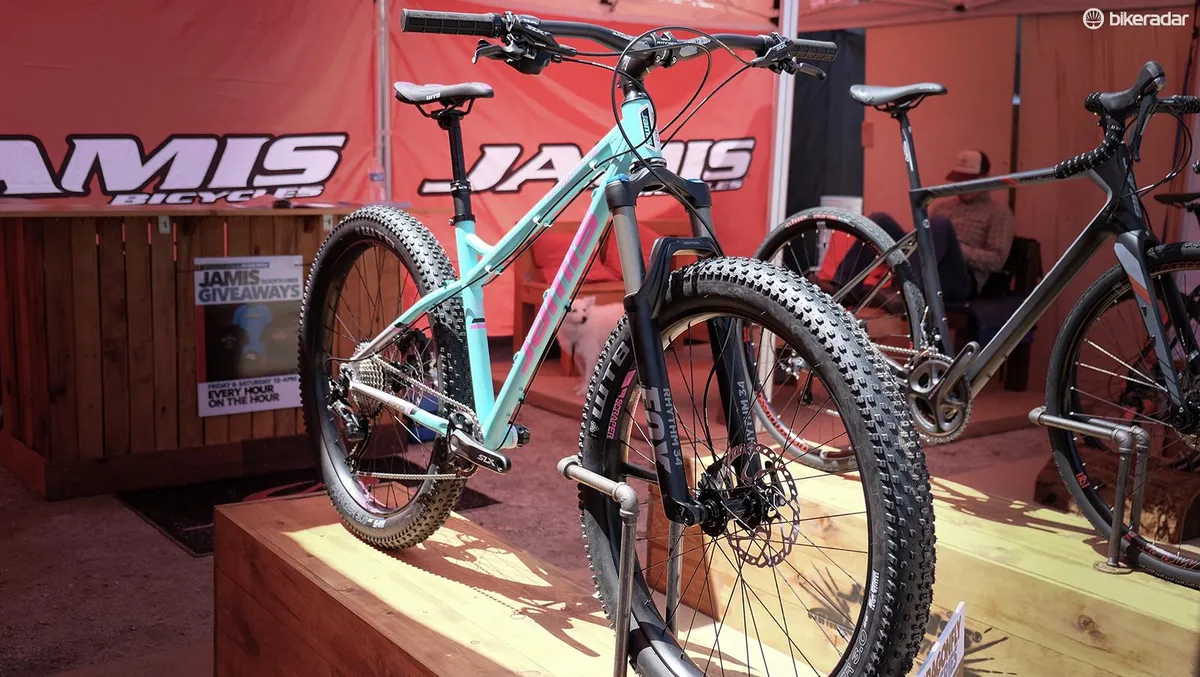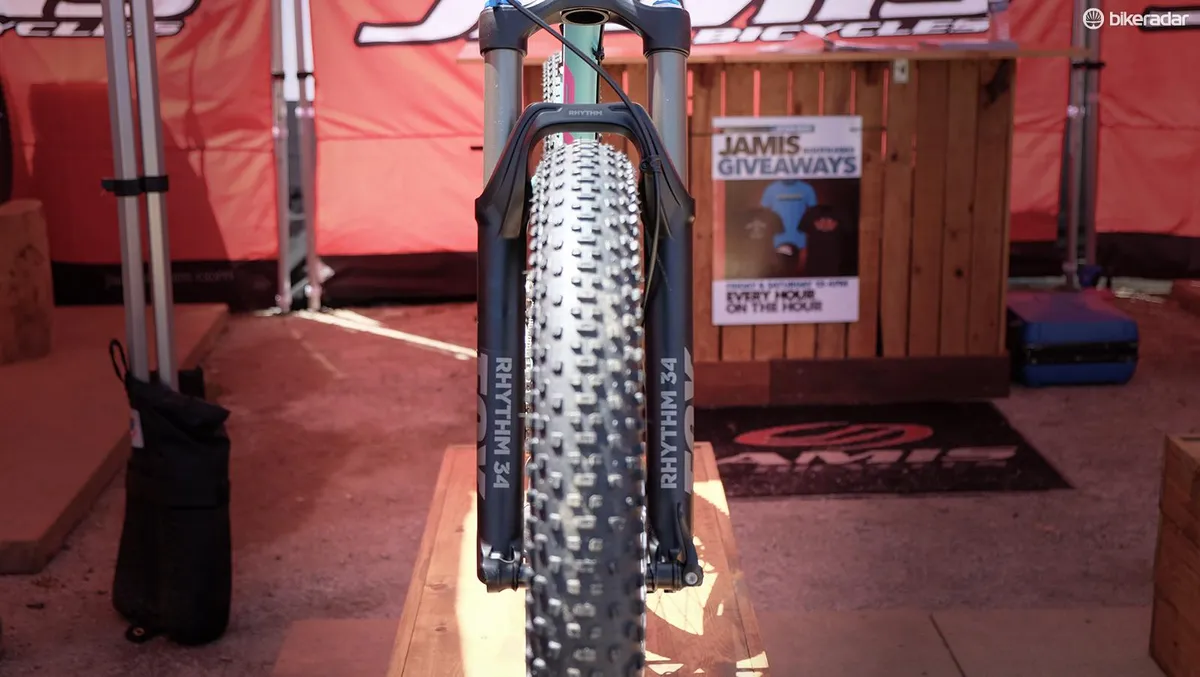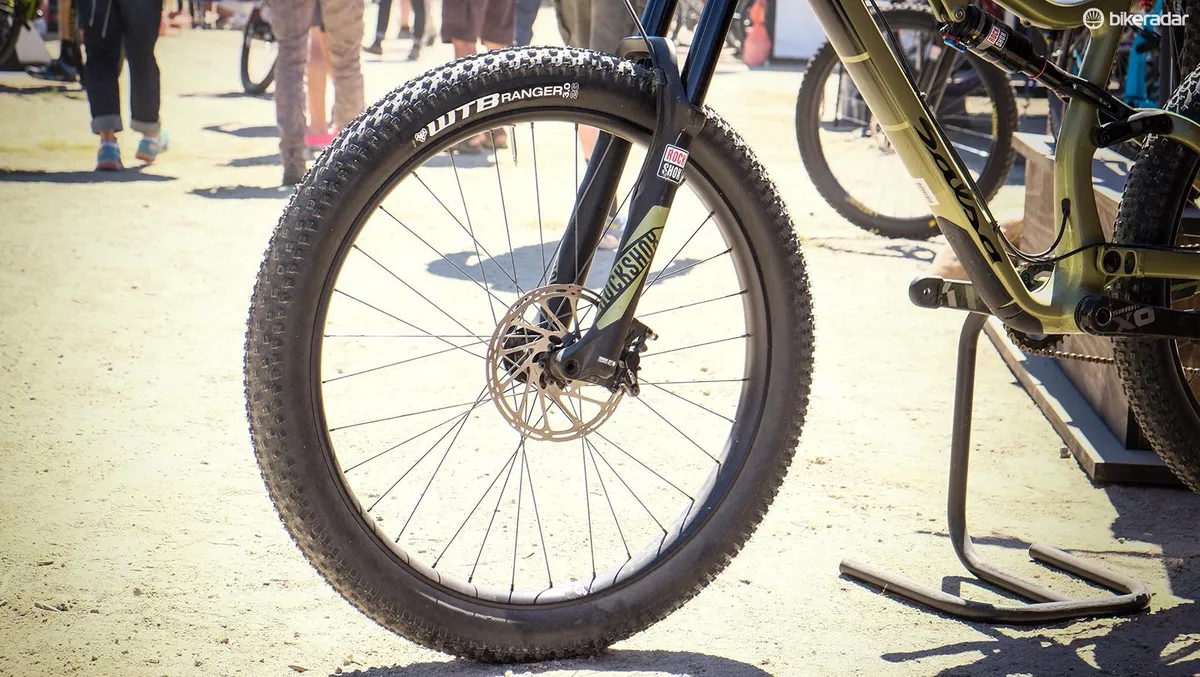Mountain bikers have never had so many wheel and tyre options to choose from. Rim diameters and tyre volumes come in a wide range of flavours to suit pretty much every scenario.
Starting a decade ago, the steady roll of fat bikes into the market opened the gates for 'plus' bikes to follow suit. If you’re new to the concept of plus bikes, the name refers to bikes shod in 2.7-3in wide tyres. They offer some of the Velcro-like traction of fat bikes in a lighter, more nimble package.
First on the scene was 29 , followed shortly thereafter by 27.5 . With the trend toward standard 27.5 and 29in and 'plus' wheel sizes, it seemed like the traditional 26in wheel was ready to take its place as an index fossil in mountain biking’s formative period, but several companies are attempting a 26in revival by bringing plus to the once-standard mountain bike wheelsize.
Surly Bikes, AKA the crass little company that can, pushed 26 concept with the introduction of the redesigned Instigator in 2013.
This slack hardtail came equipped with 26x2.75in tyres on wide rims. This was about the widest the company could go at the time, since Boost spacing wasn’t a thing yet and suspension fork manufacturers were not designing fork crowns to clear 3in-wide tyres.

It's not just Surly — WTB is on board with rims and tyres
Other companies had been slow to follow suit. Until now, it seems. WTB is on board, with 26x3in tyres and wide 26in rims and Jamis is rolling out multiple 26 models this summer.
But what, if anything, does 26 offer that 27.5 doesn’t already deliver?
Why 26 matters
First off, Surly opted to develop the 26 platform because, despite what the cycling industry might tell you, the 26in wheel is still the pre-eminent wheel size around the world.
It’s easy to lose track of the fact that outside of the high-end mountain bike bubble, there’s a whole world of utilitarian bicycles out there. This market is much larger and still rolls on 26in wheels and tyres.
Case in point: if you’re using a mountain bike to bikepack through developing countries, you’re more likely to be able to source 26in tubes and tyres than any other size.
“Until someone can get any bike part or accessory no matter where they are, I think 26 will have an advantage over 27.5 in a touring capacity,” says Surly engineer Ben Jungbauer.
Another benefit of 26 is that some riders may be able to find a better fit on these smaller wheels.
“27.5 is a great size, but it’s a lot of tyre for smaller riders, or those who prefer the wheel dynamics of standard 27.5in over 29in. For those looking for more tyre compliance and a bigger casing in a quicker-handling and accelerating package, 26 might be better for them than 27.5 ,” points out Andy Skoglund, another Surly engineer.

Jamis designed several women's bikes around the 26 platform
The idea that 26 is a better option for riders of a shorter stature is the reason Jamis decided to create a line of women’s mountain bikes around the wheelsize. Last year, Jamis rolled out its Dragon Slayer 27.5 hardtail. This year, the company has created a female-specific version named the Dragonfly.
Lighter, faster rolling and a better fit for vertically challenged riders, are three reasons to appreciate 26 . Last but not least on the benefit list is compatibility with many standard 27.5 mountain bikes.
Much like some 29ers can also accommodate 27.5 , many 27.5 bikes can swap in 26 to provide more float and traction.

26x3in tyres fit well in existing 27.5in suspension forks and many 27.5 frames
According to Salsa Cycles engineer Pete Koski, the 26+ tyres he has measured have an outside diameter of 705-712mm. Many 27.5 trail bikes are designed around 27.5 (non plus) tyres with an average diameter of 708mm.
“So really, the 26+ tyres fall right in the same range as most 27.5x2.2-2.4in tyres being used today,” observes Koski.
Which is right for you?
So if 26+ is lighter, quicker and compatible with many 27.5 what does 27.5+ do better?
Well, it’s pretty much the same story as 27.5 versus 29in wheels.
“27.5+ tyres inherently roll over obstacles better than 26+ due to their larger diameter. I think if someone is comfortable with a standard 29er I would push them towards 27.5+. If they are more comfortable on smaller wheels I would push them towards 26+,” says Jungbauer.
“If you’re curious about how these bikes ride, I can’t stress enough to try out what you can and see what works for you. Demos usually have coffee and beer and all sorts of sweet stuff in addition to knowledgeable people with experience, and the chance to try things back to back,” notes Skoglund.
Ride before you buy — sage wisdom for any bike purchase.

